Getting on a mount in DnD 5E is a moment of glory. Everyone recognizes the image of a noble Paladin charging into battle on a trusty white steed to save the day. Despite this, the rules for fighting while riding a mount or vehicle are clunky at the best of times.
Since the rules are scattered across several books, it can be difficult to figure out everything you need to know about horseback riding or sailing with a bow in your hands. This is exacerbated by the sad fact that it’s prohibitively difficult to bring a horse into a standard campaign. Thanks, dungeon staircases.
So, if you’re wondering how vehicles and mounts work in 5E, look no further, as this article will explain all the official rules.
How vehicles and mounts work in DnD 5E
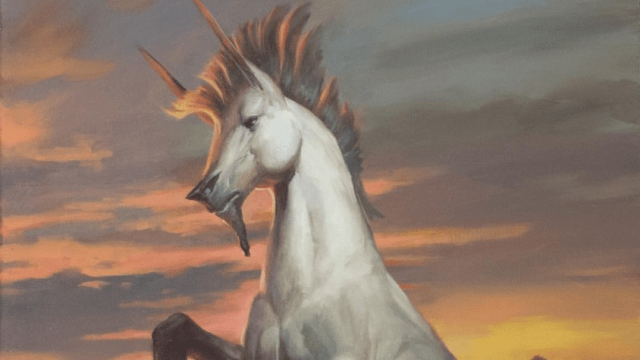
While on a mount or vehicle, your speed becomes that of the mode of transportation below you. There are no proficiencies needed to ride an animal or vehicle, as any character can theoretically guide one. Despite this, proficiency in Animal Handling or the vehicle itself can be important to guide said animal or vehicle through difficult maneuvers or situations.
A mount refers to an animal or creature that has the correct anatomy to be ridden and also is willing to carry a character. A Halfling, for instance, does not have the correct anatomy to carry an Orc, but a Dire Wolf absolutely does. Once an Orc tames the Dire Wolf, they can use it as a mount.
Some animals, such as the Drakewarden’s Drake, specifically say that they cannot be mounted until a certain level. Animals tend to get tired slower than a person while traveling and can move faster, and thus they can keep up with a party without much fatigue or increase the speed of travel. When determining the comfortable speed of an animal traveling, take their speed and divide it by 10 to determine their mph. A horse, for example, can move at five mph during a normal travel pace.
A vehicle refers to a device, typically only used for travel, that helps a person or a group of people move from one point to another. Since DnD 5E tends to have an early fantasy setting, most land vehicles are pulled by animals and use the animals’ speed to determine the vehicles’ speed. Water or air vehicles, such as a Keelboat, have their own listed speeds and may need a crew to man them properly. Water or air currents add speed to the vehicle’s speed, typically as a straight one-to-one in terms of mph.
Fighting while mounted
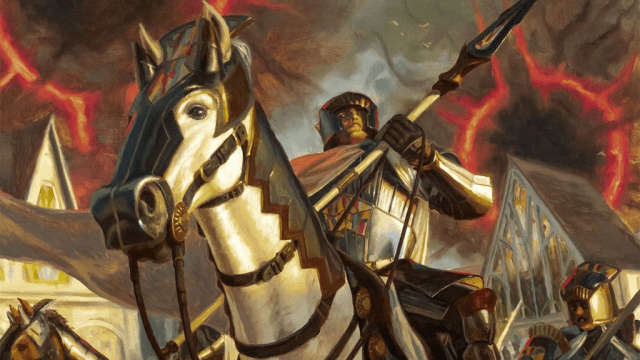
Mounted combat in 5E involves a character on another creature, with different rules for vehicles. The creature shares your initiative and moves how you direct it, with the ability to take the Dash, Disengage, or Dodge actions. When dismounted, most mounts can act normally, though many will choose to flee.
Mounting during a fight takes half of your speed, as does dismounting. In response to an effect that moves you or your mount, or knocks you prone, you must make a DC 10 Dexterity save or fall off of the mount. If your mount is forced prone while you’re on it, you can take a reaction to dismount and land on your feet or you can just fall prone next to it.
Fighting on horseback—or dragonback, griffonback, or any other back—carries few restrictions. You are attacked and can attack normally, can cast spells without issue, or can interact to take out an item or use a magic weapon without delay. Mounts are restricted in terms of actions, even if they are sentient. But, they can still take the very useful Dodge and Dash actions, as well as Disengage if you’re in danger. This can mean that a mounted Paladin on a horse can move up to 100 feet without spending an action, which is fantastic. Mounts also have no restrictions on bonus actions, meaning a theoretical Sorcerer mount can really mess up a battlefield with Quickened Spell.
If you or your mount provokes an opportunity attack, both you and the mount are valid targets. And considering the low health of many mounts, that can become an issue quickly.
Mounts generally listen to you as long as they are trained in combat. Untrained mounts can still listen, but often need an Animal Handling check to prevent them from just sprinting off the moment they can.
When dismounted, a mount gets its own initiative and acts as normal. For most animals, this means falling back on its instincts. An animal companion will still listen to your command, while a sentient mount might have their own plans to ruin the battlefield.
Fighting in a vehicle

Fighting while driving a vehicle is less defined. A vehicle with a speed listed in mph has a speed of 10 times that mph while in combat. In most cases, driving a vehicle takes up too much effort to do anything else, like fight, so many pilots will be reliant on their crew to defend it.
Pilots and mandatory crew of a vehicle in combat usually don’t have much else to do. During fights, they’ll often need to make checks using that vehicle to navigate dangerous terrain or compensate for major vehicle damage. The pilot cannot take actions like a mount can, such as Dash, Disengage, or Dodge, since they’re locked in place and the vehicle often can’t do extraordinary things by themselves. Vehicles rarely provoke opportunity attacks since they are objects, unlike mounts which are creatures.
A vehicle that is powered by creatures might be able to take action by urging the creatures to do something else, similar to if the creatures were mounted. However, since the pilot is driving more than one creature in most of these situations, it might require a check and more effort to have four horses do something like dodge incoming attacks.
Vehicles usually come with a listed AC, health, and a new stat called “Damage Threshold.” The Damage Threshold refers to how much damage an attack needs to do to deal actual damage to a vehicle. For example, if Tommy uses a bow to attack a Galley (Damage Threshold 20) and deals 14 damage, the Galley doesn’t take any actual damage because the shot was superficial. If Tommy then casts a Fireball and deals 31 damage, the vehicle takes the full 31 damage to its 500 hit points.
Vehicles that take damage rarely suffer any effects other than damage, though massive damage to a boat might cause leaks that will need to be fixed. Fixing vehicles costs 20 gp per day and only heals one hit point during that time, though your DM is the final arbiter on this ludicrous healing pace.
While on a vehicle, players that aren’t piloting rarely need to do anything extra. Vehicles usually serve as obstacles that stop line of sight or platforms that combat is performed on. In some cases, like if the pilot is executing a difficult turn, the creatures on board may need to make Acrobatics checks or Dexterity saving throws to avoid toppling over.
Crews and loyalty
Hired or pressganged crew members have an optional loyalty rule. The more damage a ship takes, and the more actions the captain takes that the crew doesn’t like, the higher chance that a crew mutinies. This can be as extravagant as a full-scale 80 man battle, or they can just desert the ship once they reach shore. Be careful to keep the crew of a large ship happy, or else you might be walking the plank.
Ways to improve mounted combat
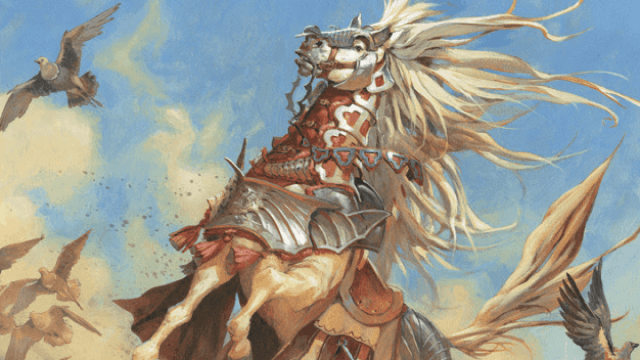
Mounted combat has two sources of help to protect the mount and yourself: The Mounted Combat feat and class features belonging to the Cavalier Fighter Martial Archetype. These rules reduce the complexity of mounted combat and improve the mount’s functionality.
Mounted Combatant is the most generalist rule. It’s a feat that gives you advantage on attacks against targets smaller than your mount, allows you to force attacks that target yourself instead of your mount, and allows your mount to take no damage when it succeeds a saving throw that normally halves damage.
These benefits are all solid. Most mounts are Large, so fighting any Medium creature gives you permanent advantage. In addition, mounts tend to be squishier than you’d like—unless they have innate scaling like Ranger companions. So, forcing attacks onto yourself will keep them alive much longer. As will letting them avoid 14 damage from a successful save on a Fireball, though a failed Fireball save will still char your horse like nobody’s business.
The Fighter’s Cavalier archetype comes with several bonuses to mounted combat. They have advantage on saves to avoid falling off the saddle, you can land on your feet if you ever fall off of your mount, and you can mount nearly instantly if you don’t have zero speed. This doesn’t quite solve the mounted combat problem, but it does help a lot. And the rest of the Cavalier’s features help a Fighter who wants to protect their mount and use the superior movement speed of a horse to their advantage.
Are there ways to improve vehicular combat?—explained
Vehicular combat has no extra rules to help it out in DnD 5E official content, since it is designed to be more of a set piece than a consistent ruling. If you want a player character who drives a vehicle to feel more involved in fights, consider allowing them to take actions that involve Attacking or casting a spell during turns where they are not driving the vehicle. Shooting out of a window can help them feel a bit more involved in helping their allies.
In addition, allowing them to take actions to do things like ram into enemy vehicles using a Vehicle check or dodge out of the way of an incoming spell can turn a boring role into the most important role in combat.


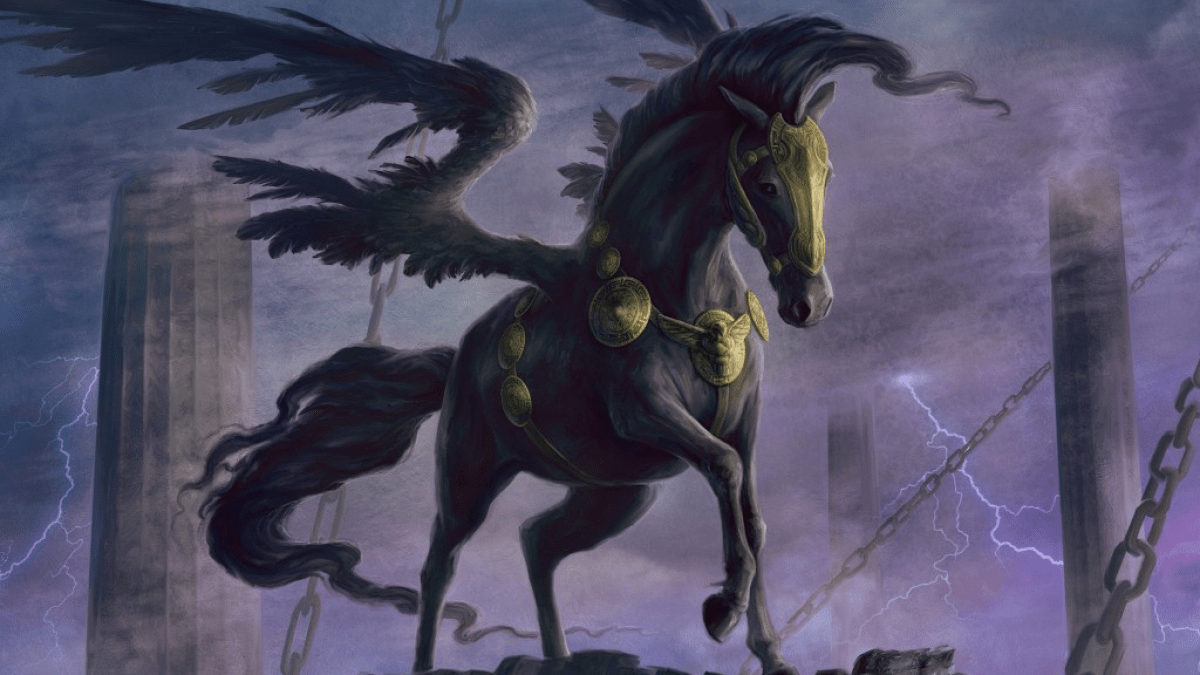

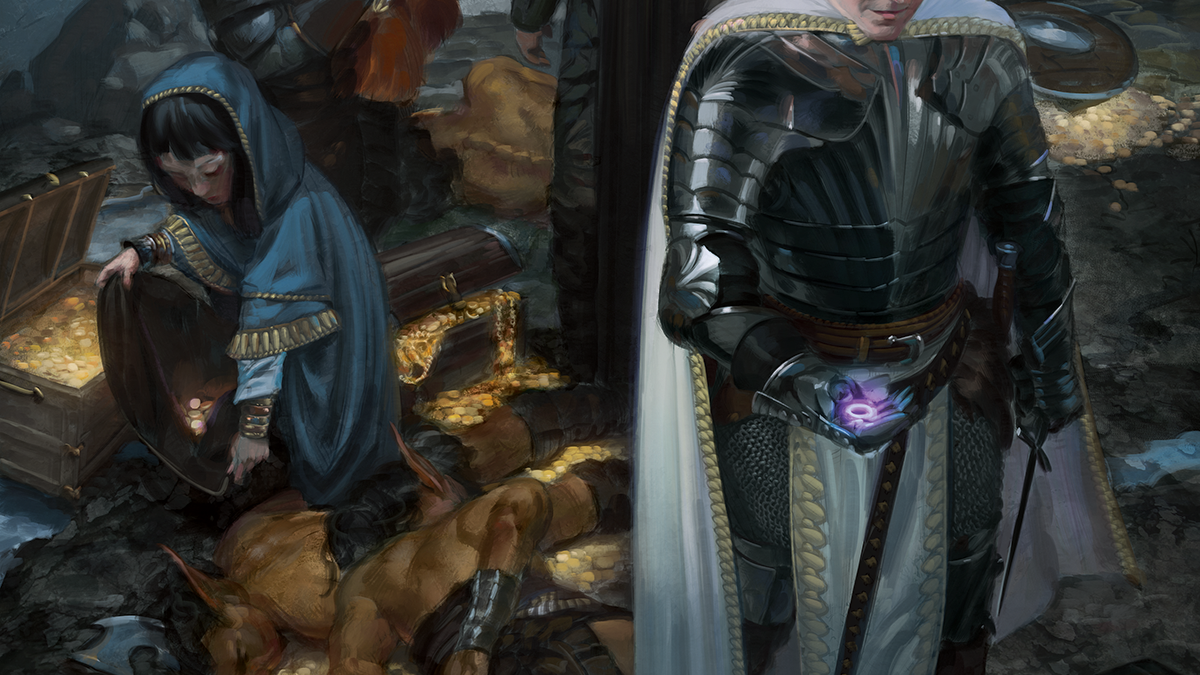
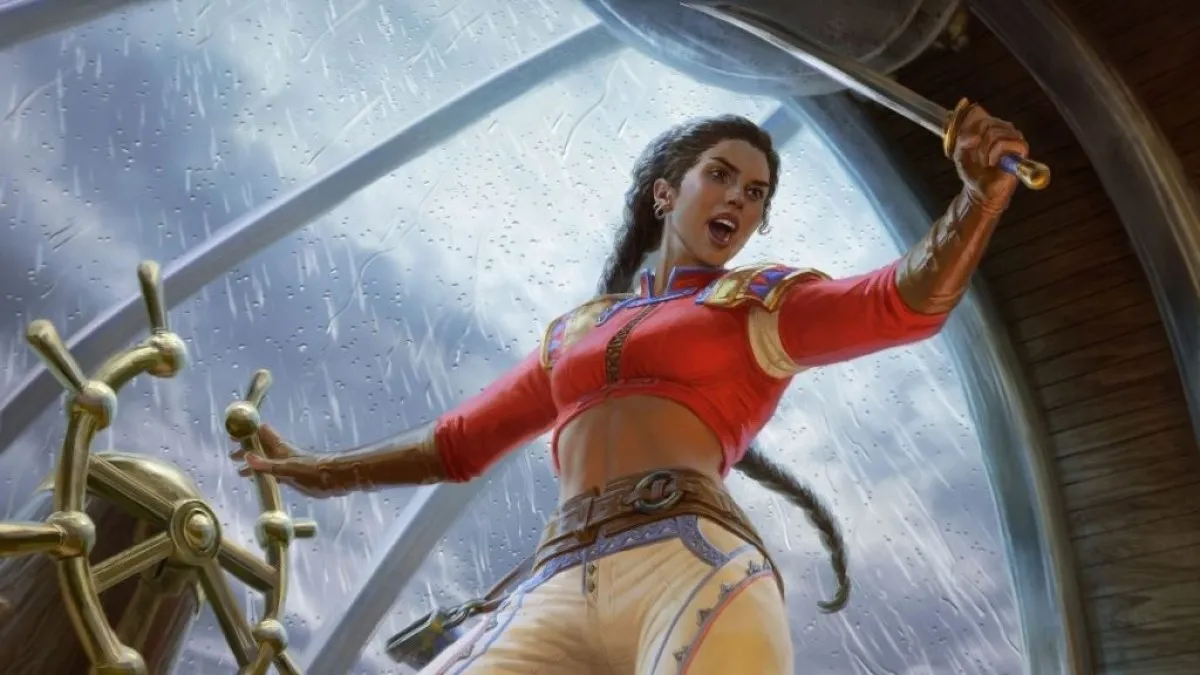
Published: Nov 5, 2023 06:04 am